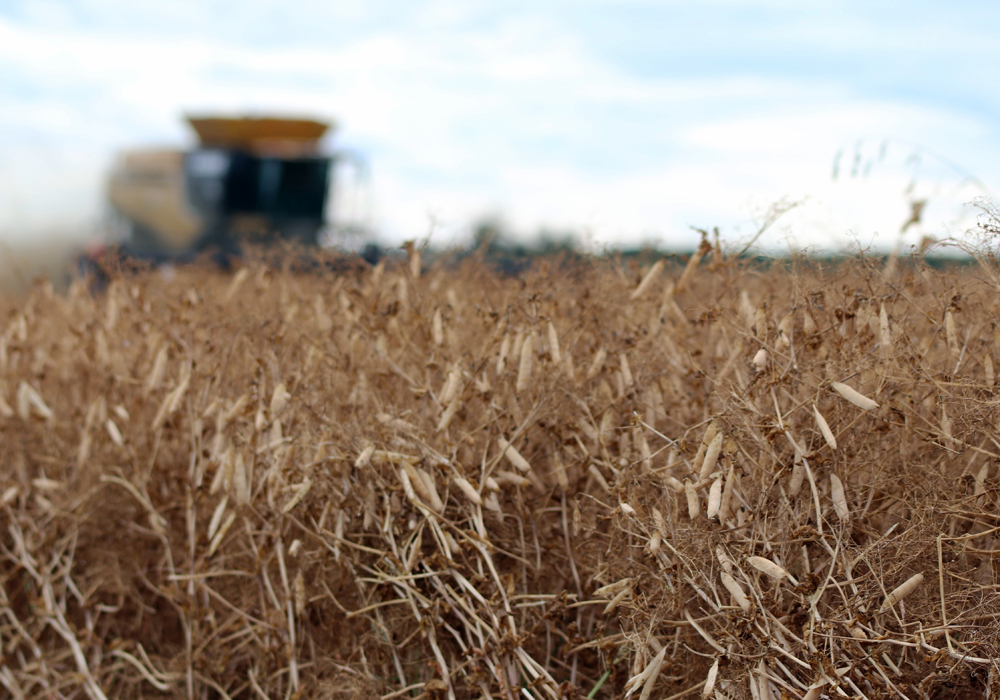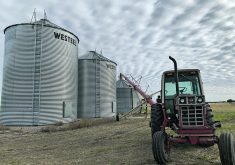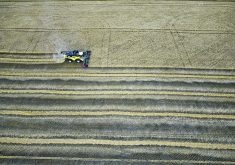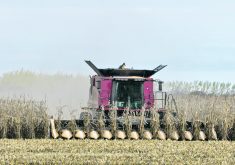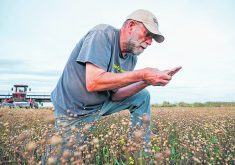Winnipeg – Saskatchewan farmers made some harvest progress during the week ended Aug. 19, but operations are running well behind normal, according to the latest provincial crop report from the Saskatchewan Ministry of Agriculture.
The crop was two percent harvested as of Aug. 19, which was up from less-than-one percent the previous week, but well behind the 16 percent level hit at the same point a year ago and the five-year average of nine percent.
Five percent of the crop was swathed or ready to straight-cut, which compares with the five-year average of 12 percent.
Read Also

Farming Smarter receives financial boost from Alberta government for potato research
Farming Smarter near Lethbridge got a boost to its research equipment, thanks to the Alberta government’s increase in funding for research associations.
Thirty-nine percent of the fall rye, 23 percent of the winter wheat, 10 percent of the field peas, five percent of the lentils and two percent of the barley was harvested. In addition, two percent of canola has been swathed.
Harvest progress was most advanced in the southern regions, with the harvest less than one percent complete in the north.
Rainfall during the week was spotty, ranging from trace amounts to 27 mm in the Shaunavon area in the southwest.
Topsoil moisture on crop land was rated as one percent surplus, 75 percent adequate, 21 percent short and three percent very short. Topsoil moisture on hay land and pasture was rated as one percent surplus, 67 percent adequate, 26 percent short and six percent very short.
The majority of crop damage during the week was from strong winds and a lack of moisture. Some areas of the province reported light frost, and crop damage may have occurred.
In addition to combining, farmers were also busy hauling bales, swathing and desiccating their crops ahead of the harvest.



